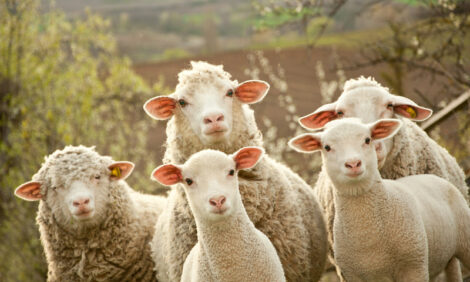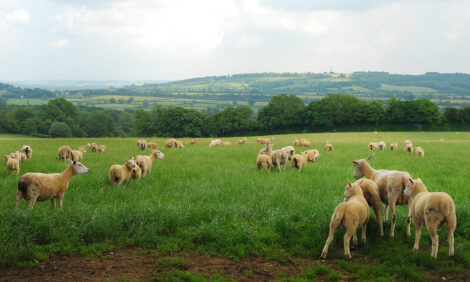



Veterinary Viewpoints: Calving season is around the corner, are you ready?
Ready or not, calving season is just approaching fast or may be here in your regionPreparing for calving season in advance positions producers to successfully and immediately address the needs of the cow and the calf.
Before delivery
Evaluate potential calving locations. Areas should be clean and dry. Consider providing shelters for animals to escape the weather, especially if the calving season will begin in cold weather. However, remember that as animals congregate in shelters, there can be an increase in disease contamination.
Be prepared if a female has calving difficulty. Immediately examine heifers that labor in Stage 2 of parturition for longer than an hour and cows that labor longer than 30 minutes. Develop a plan to transport to a veterinary clinic or have excellent onsite facilities to address calving difficulties. Have the truck and trailer hooked up and ready. Early intervention at the first sign of a problem is critical for both calf and dam survival.
Remember to discuss your calving plan with your veterinarian. Build a relationship with your veterinarian well before a 2 a.m. emergency calving call. Due to high demand, many veterinary practices will only accept emergencies from existing clients. Your veterinarian can work with you and your team to develop protocols so everyone is on the same page when a problem occurs.
During delivery
Be certain that calving equipment is clean, functional and readily accessible. Your veterinarian can also help you develop essentials for a calving kit. Items to consider in your calving kit may include:
- Veterinary emergency number in cell phone
- Breeding dates and due dates with associated sire
- Calving book
- Thermometer
- Flashlights with batteries
- Eartags with marker
- Tag applicator
- Iodine for navel
- Catch pen and functional chute
- 5-gallon bucket
- Calf puller in working order
- Obstetrical chains and handles
- Calf sled
- Syringes and needles
- Exam and obstetrical gloves
- Obstetrical lube
- Clean towels
- Straw or hay for bedding
- Esophageal feeder
- Colostrum or colostrum replacer
- Medications prescribed by your veterinarian such as pain medications
- Halter
- Lariat
- Sorting stick
- Large trash bags
- Disinfectants
After delivery
Following delivery, the goal is to see the calf up and nursing as soon as possible. If a calf requires stimulation, especially to breathe, be careful about the approach. Positioning a calf upside down or hanging the hind legs over a fence is not effective. In fact, it moves all the abdominal organs towards the lungs and applies pressure making it more difficult to expand the ribcage and take a breath. Gently rubbing a piece of hay in the nostrils can be helpful. It may also be worth discussing acupuncture points and other techniques such as the Madigan Squeeze with your veterinarian.
Delays in a calf receiving colostrum have both short- and long-term impact on the immune system. Ideally, a calf should receive colostrum within the first two hours of life. Administering colostrum to calves without a suckle reflex using an esophageal feeder should be done with extreme caution due to the increased risk of aspiration pneumonia.
Milking the dam or maintaining a supply of frozen colostrum are the best options for colostrum replacement. Commercially prepared colostrum replacer is acceptable if a cow-derived source is not available. If a cow loses her calf during delivery, consider taking the time to milk out the cow and freeze the colostrum for future use. Colostrum can be easily frozen in gallon freezer bags.
The best way to monitor a calf’s temperature is with a rectal thermometer. Inexpensive digital thermometers work well and make it easy to evaluate progress when warming the calf is needed. If a calf’s temperature falls below 100 degrees F, gradually raise that temperature. Bring the calf indoors and out of the elements if needed. When used appropriately, warm water baths, blankets and warming boxes are all options to rewarm a calf.
Be careful not to damage the skin of the animal by either rubbing too vigorously or placing the animal close to heaters. Additionally, do not wash off the odor of amniotic fluid. This helps prevent rejection by the dam. Warm oral or intravenous fluids as advised by a veterinarian can also make a big difference. Once a calf is warm and has been fed colostrum, return it to its mother.
Working with your veterinarian to develop protocols before calving season can reduce stress and lead to more successful outcomes if an emergency arises. Your veterinarian can guide and train you and your team on how and when to call for assistance.


